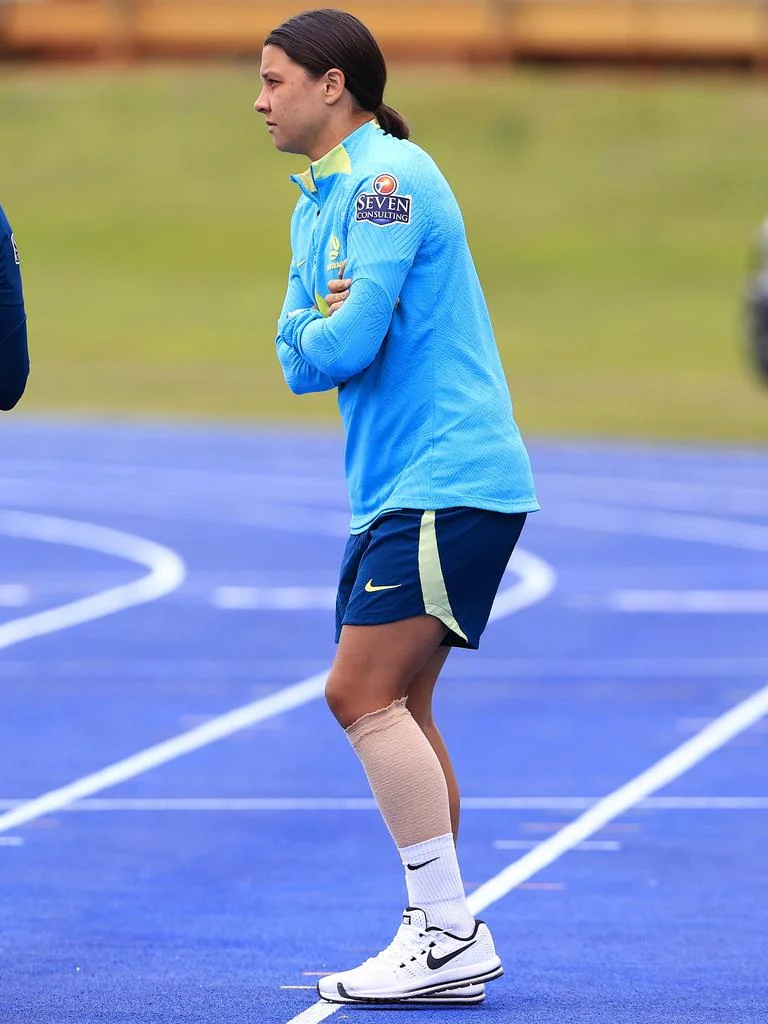As we all know, the Matildas have begun their 2023 World Cup campaign in fine fashion as they have progressed through to the quarter-final against France. To make their progression through the group stages more impressive, they did it without star player Sam Kerr.
Whilst warming up for the first game of the group stages, Kerr overstretched her calf muscle whilst taking off for an explosive movement resulting in a calf strain. Whilst the Matildas staff and Kerr did not disclose any specific information about the injury, calf strains are incredibly common amongst athletes.
Calf strains are a common muscle injury within an athletic population. If they are not carefully treated and rehabbed, there is a risk of re-aggravation and prolonged recovery. There are many significant landmarks within the calf muscle, with the medial head of the gastrocnemius being the most commonly strained site. Sudden bouts of acceleration to an insufficiently warmed up calf can cause calf strains.


The severity of calf strains are graded from a grade 1 to grade 3, with grade 3 being the most severe. As Kerr has returned to playing (albeit limited game time) and from the limited information we have been provided as the Australian public, it is likely she suffered a grade 2 calf strain.
Symptoms of a grade 2 calf strain include a sharp pain at the time of activity, inability to continue exercise, swelling within the muscle and surrounding areas and mild to moderate bruising within the area. Once Kerr was assessed following the calf strain, it is likely they would have found pain on active plantarflexion, pain and weakness with resistance in comparison to the unaffected side, loss of dorsiflexion and pain upon the completion of a bilateral calf raise. The average return to sport time is 16-21 days, which closely aligns with the period of time missed by Kerr.
Immediately following the calf strain, Kerr would have implemented a consistent regime of compression, icing and gentle movement if tolerated and not causing excessive pain. Once the initial pain and inflammation had reduced, Kerr would have access to consistent and regular treatment, which would include soft tissue manual therapy, the implementation of a stretching and strengthening based rehabilitation program and potential changes to footwear and insoles.
Return to sport decisions for Kerr would certainly look a lot different to if she were not one of the best soccer players in the world in the midst of a world cup campaign compared to a regular adult. Kerr’s return to sport may have occurred slightly ahead of an ideal situation, but the medical staff would be providing around the clock care and have been utilising her smartly by not playing her for full lengths of game. We hope Kerr remains fit and the Matildas win their final two games.


